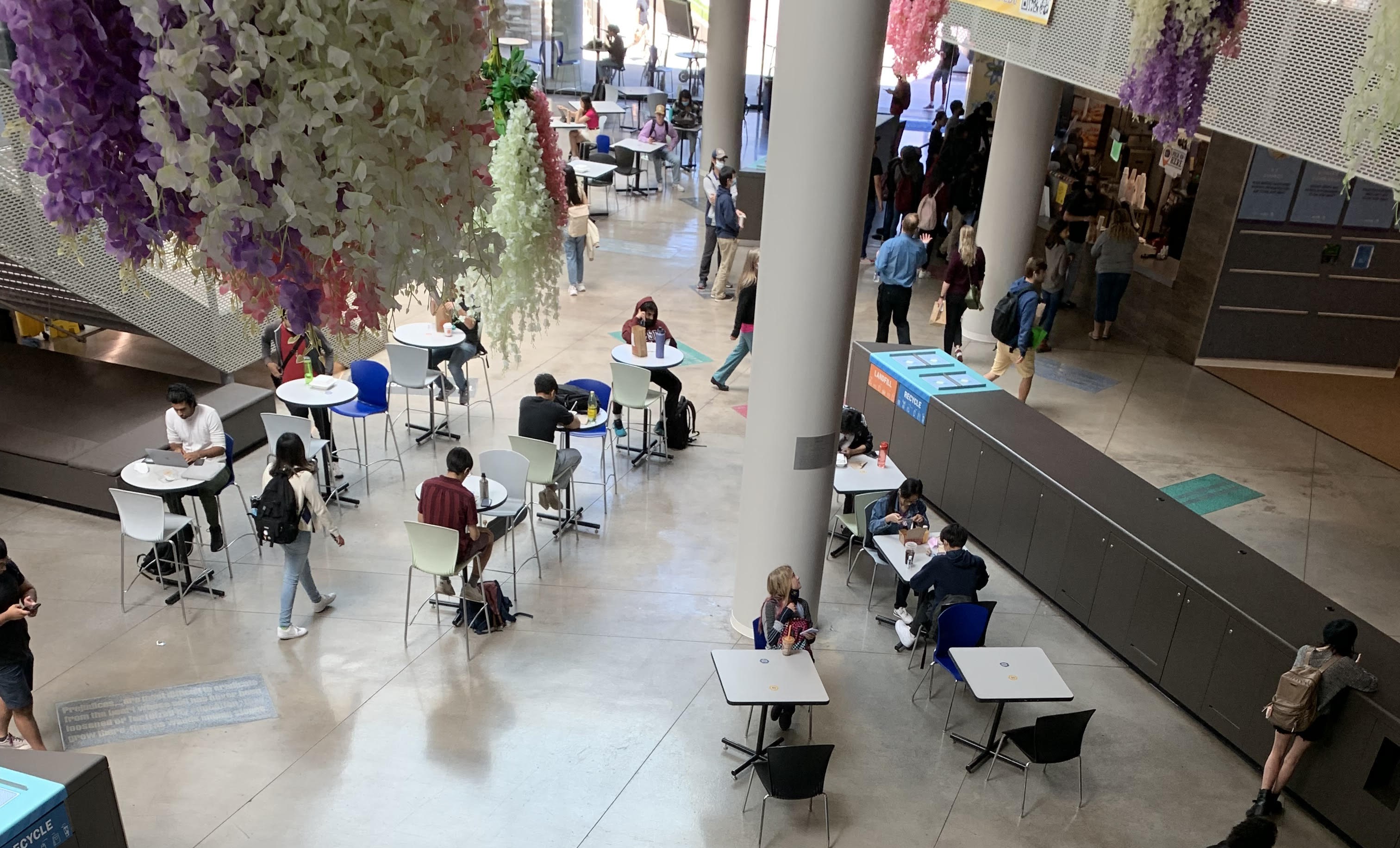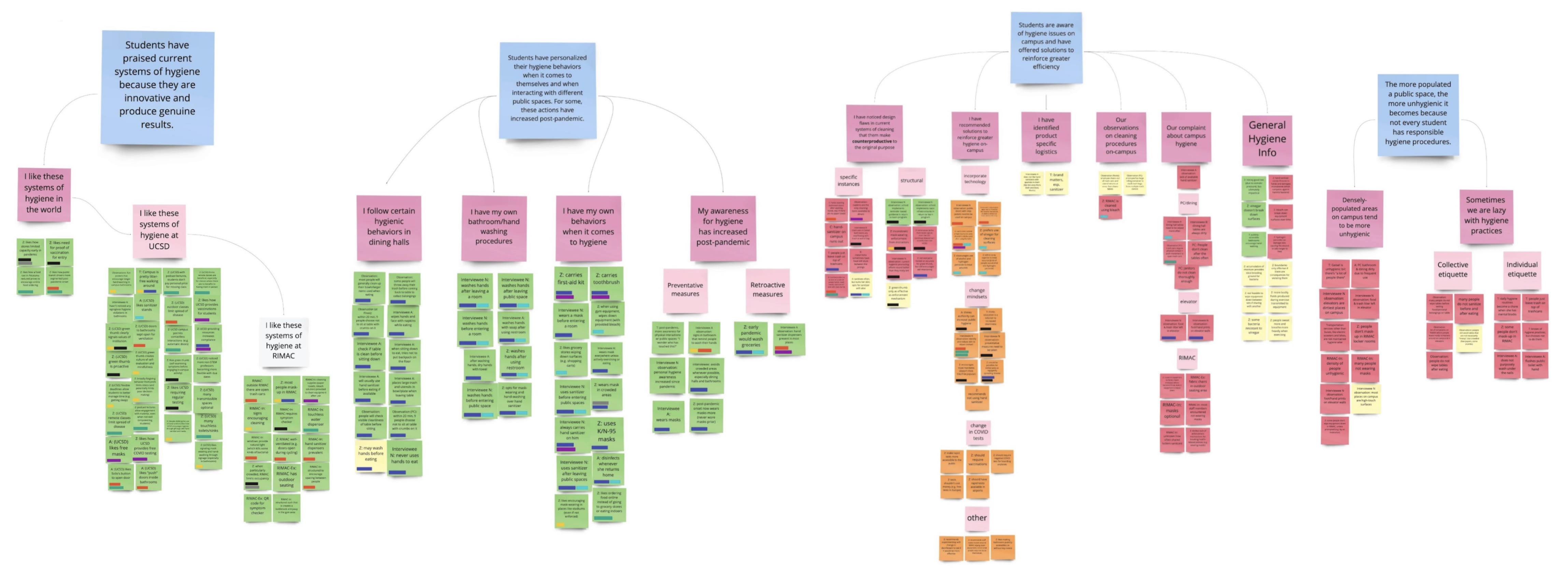






Evaluating and redesigning LinkedIn's job application pages for a more intuitive user experience
More Details
Redesigning Kinoyume's mobile and desktop website to improve site navigation and flow
More Details
The development of a novel business concept that balances technical feasibility, financial viability, and desirability.
More Details